Many bees (and other insects) can be found on blooming Willows early in the spring, including at least 6 Mining Bee species that are thought to be specialists. While willows are ubiquitous in most damp environments, they are often overlooked as a pollinator plant since the flowers are inconspicuous and often out of reach. Binoculars and/or a telephoto lens are very useful to fully appreciate one of the first spring pollinator shows.
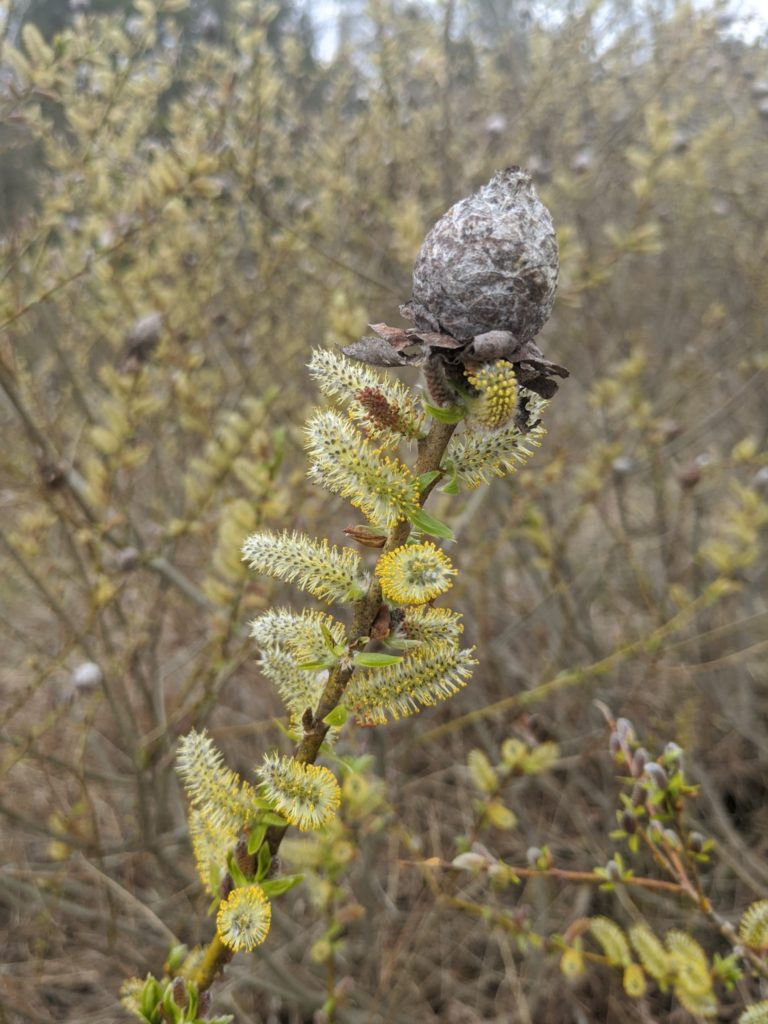
Blooming Willow sp. © Spencer Hardy
Genus level ID: See the Mining Bee page for tips on separating other genera. In particular, compare the Unequal Cellophane Bee (Colletes inaequalis), which can be abundant on Willows and is superficially similar to a Mining Bee. One other willow specialist – the Sandbar Willow Fairly Bee (Perdita maculigera) is known from Vermont. It is only found on Sandbar Willow in June and July and is quite distinctive.
Many species of spring Mining Bees will visit willows, including many that are not identifiable from photo – in particular see subgenus Melandrena, which are common on willows and other spring flowers.
The species below are thought to be specialists and easiest to find on willows. They are in in rough order of abundance and distinctiveness. Click each box for more details on a given species.
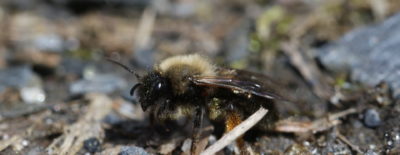
Clark's Miner (Andrena clarkella)
This large species is about as distinctive as Mining Bees can be. Females are very fuzzy with bright orange hairs on their hind legs. A northern species.
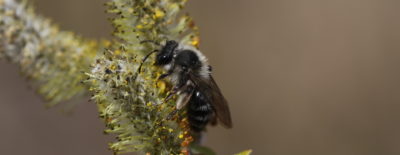
Frigid Miner (Andrena frigida)
One of the first bees to emerge in the spring. Closely related to Clark's Miner and similarly hairy. The abundant white hairs on the abdomen are a good clue.
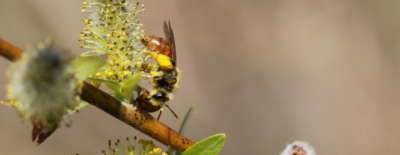
Red-tailed Miner (Andrena erythrogaster)
This appropriately named species is distinct among the common VT Mining Bees. However, another red-tailed species, Maria's Miner, was recently discovered in the state. The two are best separated by the surface sculpturing, though more macroscopic differences may also exist.
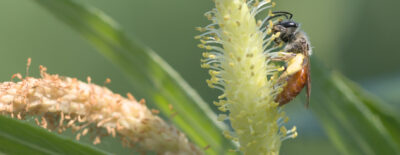
Maria's Miner (Andrena mariae)
First documented in 2023 and only known from two locations in Vermont, this species is rare in the northeast. Both records are from Sandbar Willow (Salix interior), which may be a critical host plant, though more research is needed. Read about it's recent discovery in the state »
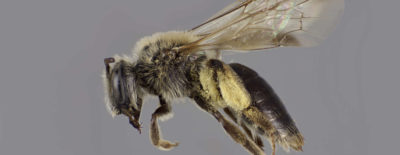
Small Willow Miner (Andrena salictaria)
Small, but likely not identifiable from photos. Photo courtesy of Margarita Miklasevskaja at PCYU with funding from NSERC-CANPOLIN.
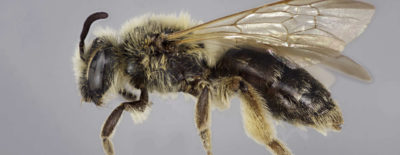
Eastern Willow Miner (Andrena bisalicis)
Likely not identifiable from photos. Photo courtesy of Margarita Miklasevskaja at PCYU with funding from NSERC-CANPOLIN.
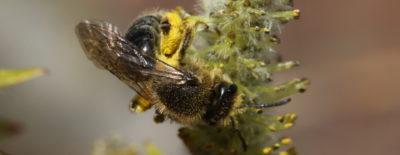
Sigmund's Miner (Andrena sigmundi)
A relatively robust species. Likely not identifiable from photos.
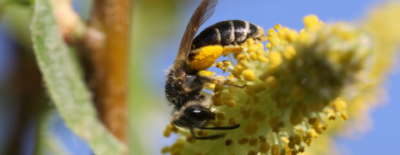
Orange-footed Mini-Miner (Andrena nigrae)
This small species is quite rare in Vermont. Quite similar to the Small Willow Miner and challenging to ID from photos.






